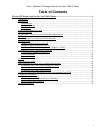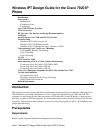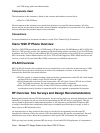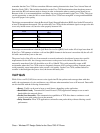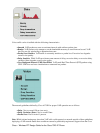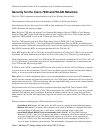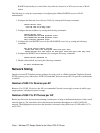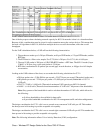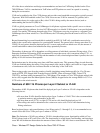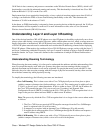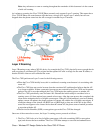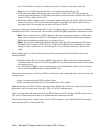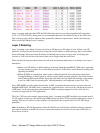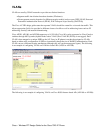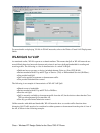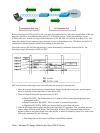AVVID design guides and administration.•
Components Used
The information in this document is based on the software and hardware versions below:
The Cisco 7920 IP Phone.•
The information in this document was created from the devices in a specific lab environment. All of the
devices used in this document started with a cleared (default) configuration. If your network is live, make sure
that you understand the potential impact of any command.
Conventions
For more information on document conventions, see the Cisco Technical Tips Conventions.
Cisco 7920 IP Phone Overview
The Cisco 7920 IP Phone extends the AVVID family of IP phones from 10/100 Ethernet to 802.11b WLANs.
The Cisco 7920 provides a multi−line appearance with functionality similar to existing Cisco 79xx IP Phones.
In addition, the Cisco 7920 provides enhanced WLAN security and Quality of Service (QoS) for operation in
802.11b networks. Future enhancements to the Cisco 7920 will add support for XML−based data access and
services, as well as Universal Serial Bus (USB) connectivity for additional data services.
WLAN Overview
802.11b WLAN networks allow multiple devices to transmit data, voice, and video at data rates up to 11Mb.
While WLAN networks allow similar types of traffic to be transmitted over them, it does have certain
characteristics that differ from wired networks:
WLANs operate as a shared medium, which means that communication on the WLAN is half−duplex
and that all devices within a single WLAN share the 11Mb.
•
WLAN bandwidth varies based on the distance that a WLAN client is from a WLAN Access Point
(AP). The farther the distance, the lower the data rates that traffic is supported.
•
Since all WLAN traffic is seen by all other WLAN devices (within range), additional security
considerations need to be taken to ensure that traffic is not captured or manipulated by intruders.
•
RF Overview Site Surveys and Design Recommendations
Before getting started with any WLAN deployment, the first activity that every network administrator should
undertake is a complete site survey of the environment where the WLAN devices are deployed. The site
survey should be performed to understand the number of APs required to provide Radio Frequency (RF)
coverage. It should take into consideration which types of antennas provide the best coverage, as well as
where sources of RF interference exist.
An important factor to keep in mind is that rarely do two physical environments have the same RF
characteristics. Because of this, the sections of this document that are RF specific are generalized. Network
administrators may need to adjust those parameters to their specific RF environment and requirements.
While you may have already performed RF site surveys for an initial WLAN deployment, it is important to
Cisco − Wireless IPT Design Guide for the Cisco 7920 IP Phone



